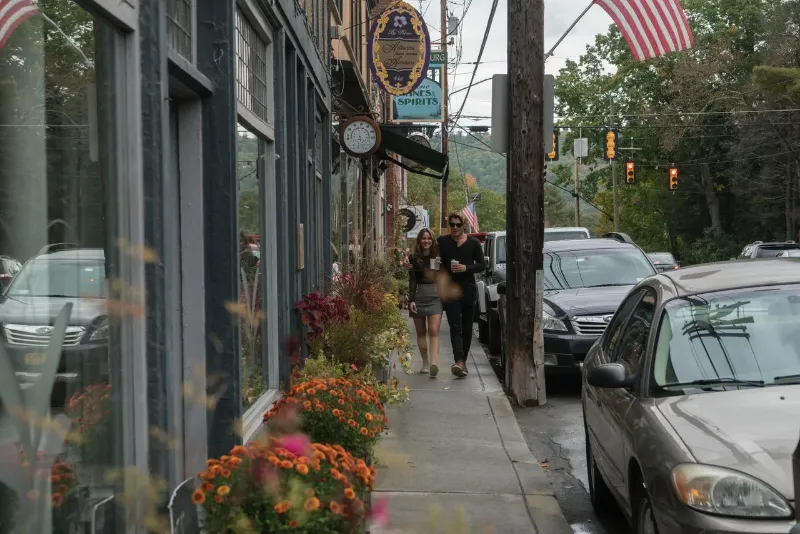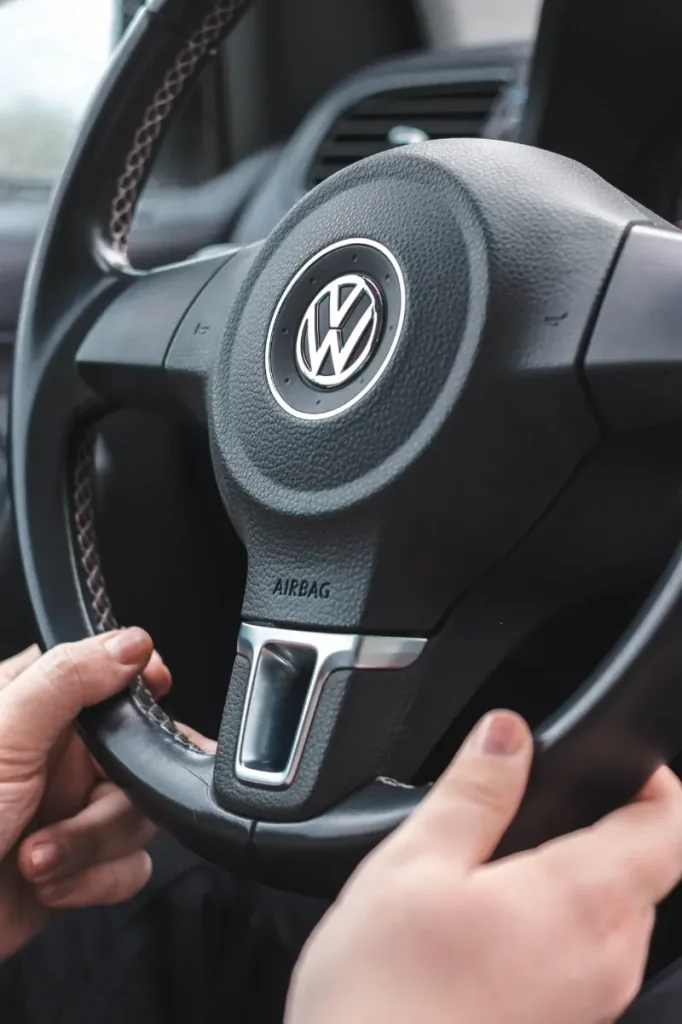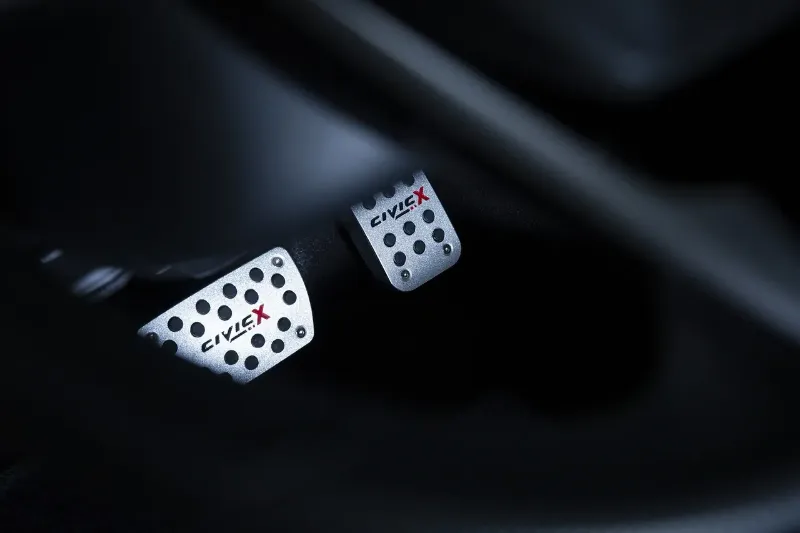Texas is a top state, for pedestrian deaths, according to recent studies, across the state. According to the Texas Department of Transportation, 2019, there were 660 pedestrian deaths, in Texas; of those 660 deaths, 482 were male and 178 were female. Men in their 50s were the largest group of pedestrians killed in 2019. Woman in their 20s comprised the largest group of female pedestrians killed in Texas, in 2019. Pedestrians owe themselves, the responsibility, to be hypervigilant and super aware, of their surroundings, when walking on or near our Texas roadways, but we, as drivers, also owe pedestrians a heightened level of our awareness of their presence. Below are some practices that we, as drivers, can develop, to help pedestrians avoid getting run over.
1. Minimize Car Distractions

Our technologically advanced society has made us multi-taskers, to the extreme, even though, in some situations, like driving, we should keep our focus on one task and one task only. When we are in the car, we do not need to worry about our Facebook feed or the latest Tweet or how cute we looked in our last Snap; we need to have our eyes on the road, our hands on the wheel, and our minds on the drive. Anything in your vehicle that stops you from giving 100% of your focus to these three activities is an in-car distraction. This list is not exhaustive, but it covers several common distractions that we deal with smartphones, pets, makeup, children, food, drinks, flying toys (if your kids are like mine), chatty passengers, radio controls, emails…as you can see, the list could go on and on. We need to be diligent in focusing on the task at hand, safe driving, so that if a pedestrian steps off of the sidewalk, into our lane of travel, we can be prepared to do whatever we can to avoid running over them.
2. Avoid Paying Attention to Out of Car Distractions

If in-car distractions are one of the biggest dangers for pedestrians, out-of-car distractions are most likely the second most dangerous. Out-of-car distractions come in many forms, shapes, and sizes, literally. Some common out-of-car distractions, that take your eyes off the road and away from the defenseless pedestrians and potentially fatal step in front of your vehicle include fires, wrecks that have already happened (leading to rubbernecking, taking your eyes in the exact OPPOSITE direction of where they should be), roadside memorials, occupants of other vehicles jamming out to the awesome tunes they are hearing, again, the list could go on forever. The best way to avoid these distractions and have your senses on the alert to protect those pedestrians is to have our eyes on the road, your hands on the wheel, and your mind on the drive. I know, broken records, but by following these three SIMPLE tasks, you can help a pedestrian avoid being run over, by you, and if we all, as drivers, practice those three simple tasks, we can DRASTICALLY decrease the number of pedestrian fatalities in our great State.
3. Be On the Look Out for Any Sudden Movements on the Sidewalk or Roadway

Sadly, pedestrians often have their distractions, taking their mind off the focus of making sure they are walking safely, like earbuds, blasting the most recent podcast of their favorite political guru, smartphones, where they are scrolling their social media accounts or talking to whomever they are walking to see, or maybe little tykes, scurrying about them, and the focus is on their safety, but maybe not the safety of the route they are taking. In any of these instances, as drivers, we need to keep our eyes safely searching, for any potential pedestrian step-outs, into our lane of travel. Even if the pedestrian is “in the wrong”, the emotional trauma that would follow taking someone’s life, again, even if it wasn’t your fault, is a burden that would be much heavier to bear, than taking a little closer look at our surroundings, to make sure our lane is clear and we are safely sharing the roadway with our less protected pedestrian travelers.
4. Be Prepared to Honk Your Horn

Another proactive posture, especially if you are aware of the pedestrian’s presence, or can tell they are distracted, is to keep your hand over your horn, to be prepared to give them a quick “beep”, to send their attention to where it needs to be, keeping themselves safe as they walk on or around the roads we travel in our cars, trucks, motorcycles, etc. You do not have to lay on the horn like a madman if you see the pedestrian promptly; the horn honks outside of the car, so a little tap will let the pedestrian know of impending danger. Practicing the three tasks of driver safety…eyes on road, mind on drive, and hands on the wheel…will help you be prepared to tap on the horn, in time to alert the pedestrian of your approaching vehicle. This very tiny, simple motion, of the horn honk, can go a long way in helping a pedestrian avoid getting run over.
5. Be Prepared to Apply Your Brakes

If you have followed the three driving rules, given your horn the tap, and the pedestrian is still stepping into your lane of travel, be prepared to apply your brakes. In this kind of situation, vehicle versus pedestrian, the sooner you can apply the brakes, the better. The later you wait to apply the brakes, the farther your vehicle will travel and the less time the pedestrian will have to get to safety. When traveling at 60 miles per hour, the average stopping distance is around 130 feet, after brakes are applied. This means that if you see a pedestrian step into your lane of traffic, on the highway, traveling 60 miles per hour, your vehicle will travel around 130 feet before you stop. Being prepared to apply your brakes, can allow for extra braking time and distance and can go a long way in helping a pedestrian avoid being run over.
Before I wrap this up, I do want to point out that it is just as important for the pedestrian to take every safety measure possible, when walking on or near our Texas roadways. Just as drivers are responsible for avoiding distractions, so are pedestrians. Those texts, emails, and tweets can wait until the pedestrian gets where they are going. Pedestrians do not need to have the music in their ear bus so loud that they cannot hear approaching vehicles, beeping horns, or screeching brakes. Pedestrians also need to keep their eyes and mind on the route of travel.
If we all, drivers and pedestrians, work together on our traveling safety habits and look out for those around us, we can make our Texas roads a safe place for all travelers, with wheels or on feet.
Stay safe!

